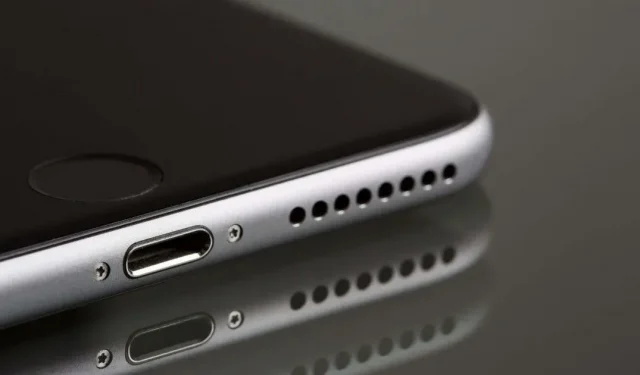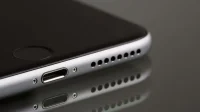The European Union has adopted a preliminary agreement, soon to become law in the European Parliament, that will oblige all device manufacturers producing mobile phones, tablets, e-readers, headphones, game consoles, cameras or anything else that falls under the “small and medium portable small electronics”to use the USB-C ports for charging. The move calls into question the situation Apple, the iPhone maker, has fallen into for using Lightning ports on its mobile phones. Under the new law, which was agreed today by all members of the European Union and which is due to be enacted into law after the end of the summer holidays, laptops will also have to switch to USB-C for charging.
The new EU law: the full story
Under the new EU law, the legislation will be formally adopted by the European Parliament by the end of the year, and companies will have about two years from the moment the law is officially passed to comply with it. Any device running prior to this will be exempted from compliance.
Thus, mobile phones and other small electronics will have to switch to USB-C before 2024. In the meantime, laptops will have 40 months – or until about mid-2026 – to transition to USB-C for charging.
European Parliament spokesperson Alex Agius Saliba said the entire list of gadgets includes “laptops, e-readers, headphones, keyboards, mice and portable navigation devices, as well as smartphones, tablets, digital cameras, headphones and headsets, portable game consoles and portable speakers. We have also added provisions for wireless charging as the next step in the development of charging technology, and improved information and labeling for consumers.”
The EU report on the preliminary agreement says the law could save consumers over 250 million euros a year, as well as over 11,000 tons of e-waste. The parliamentary statement further added: “Consumers will be provided with clear information about the charging performance of new devices, making it easier for them to check the compatibility of existing chargers. Customers will also be able to choose whether they want to purchase new electronic equipment with or without a charger.”
The EU law also states that it will seek to unify charging speeds across all device classes, meaning that once the law comes into force, all mobile phones will be advised to support the same charging speed instead of different OEMs’ proprietary charging speeds. The union also said that such moves will encourage the development of faster wireless charging speeds for various devices.
How it will affect the iPhone
There have been rumors, especially in the last year, that Apple is moving to USB-C for its iPhones. However, the rumor about the use of USB-C in the 2021 iPhone 13 line did not materialize.
Apple has already moved to USB-C on its next generation iPads, and the MacBook line of laptops today also use USB-C for charging. However, iPhones represent a huge portion of all hardware sales for Apple, and Europe also represents the bulk of Apple’s iPhone sales.
As a result, it’s likely that Apple could move to USB-C just in time for EU law to come into effect. The company still has nearly three product cycles before the EU charger law comes into effect in 2024. These products include this year’s iPhone. 14, which is expected to reduce the notch on the phone’s display as well as switch to USB-C ports for charging – among other changes.
Once the company adopts USB-C ports for its iPhones, it will have one charging port for all of its equipment. EU law aims to introduce a similar structure for all companies, which in turn will give companies more options not to sell chargers with their packaging.
Apple has already stopped shipping charger adapters with its iPhones since last year, which suggests the company was already preparing for a future where chargers don’t have to be shipped with every device.


